There's not too many people who would argue about the fact that striking catch lights in the eyes of your portrait subject really improve the overall look of a photographic portrait and especially the eyes of the subject. But did you also know that a photographer can control the shape and power of those catch lights? Here we look at several ways to create and enhance the catch lights in the eyes of your subjects.
What Are Catch Lights?
Just so we're all on the same page, catch lights are the light source that causes a reflection in a person's eyes. Or if you want to be formal, “light source that causes a specular highlight in a subject's eye in an image.” (1) They show up beautifully for portrait photography and are often considered a very desirable part of a portrait.
Here are a few examples of gorgeous catch light reflections in the eyes of some portrait subjects.

Catchlights by David and Emma, on Flickr
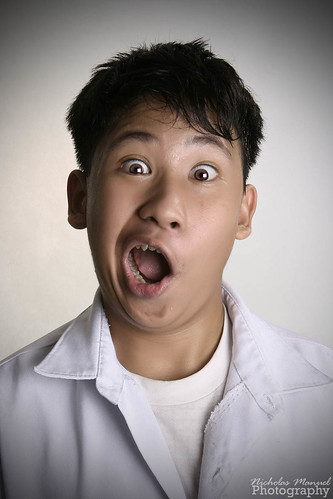
niopax by nick kulas on Flickr

Bubbles in my eye. 133/365. by PV KS on Flickr
Now that we have established what a catch light is (and how awesome it can look in a portrait), let's look at the practicalities. How can a photographer make catch lights in their own portraits? There are two main ways – they can do it “in camera” by controlling the lighting of their shoot, or they can do it in post production. Let's look at some tutorials on both ways.
These Tutorials Are Great for Learning How to Create Catch Lights While Shooting
Five Things to Know About Photographic Catch Lights – This is an excellent introduction to the basics of shooting with catch lights in mind. It talks about the largest elements that affect the outcome of your catchlights.
Tips on Creating Catch Lights – This is the minimalist's intro to catch lights. Only the bare essentials from one of our favourite websites.
How to Handle Catch Lights and Eyeglasses Flare in Portrait Photography – This is still a short article, but it starts to deal with issues of the quality of your catch light photographs. What are the ideal outcomes and how do you get them? Also, how do you deal with it if your subject is wearing glasses? Short, but juicy.
Use Gaffers Tape to Customise the Catch Lights in Your Subject's Eyes – When you're comfortable with the basics, you can start getting creative with catch lights. This article goes into the minutiae of using gaffers tape to create specific shape for the catch lights in your subjects' eyes.
The Art of Adding Catch Lights to Eyes in Post Production
Sometimes, for one reason or another, you don't get the catch light that you were looking for (or at all) in a shot. Don't despair! There are ways to add your own catch lights in post production. Here are some articles on that.
Adding Catch Lights to Eyes – This basic tutorial covers what you can do with Photoshop or Elements when you're looking to add some catch lights in post. A basic and easy to follow tutorial with screen grabs to make it easy to follow along.
How to Create a Catch Light in Your Subject's Eyes Using Only Lightroom – If you use Adobe Lightroom (and if you don't, you really should consider trying it), then this tut is for you. It's a little old (Lightroom 3), but still easy enough to follow as it comprises a couple of videos. Best of all, they have the original RAW file for you to download and use so you can get the exact results and learn how it's done.
Now, these tutorials will get you started, but as with most things in photography, the more you practice the techniques, the better results you will get. A lot of portrait photographers spend years perfecting the style of catch light that they love. Hopefully you will find your own style and skill in creating the perfect portrait shot!



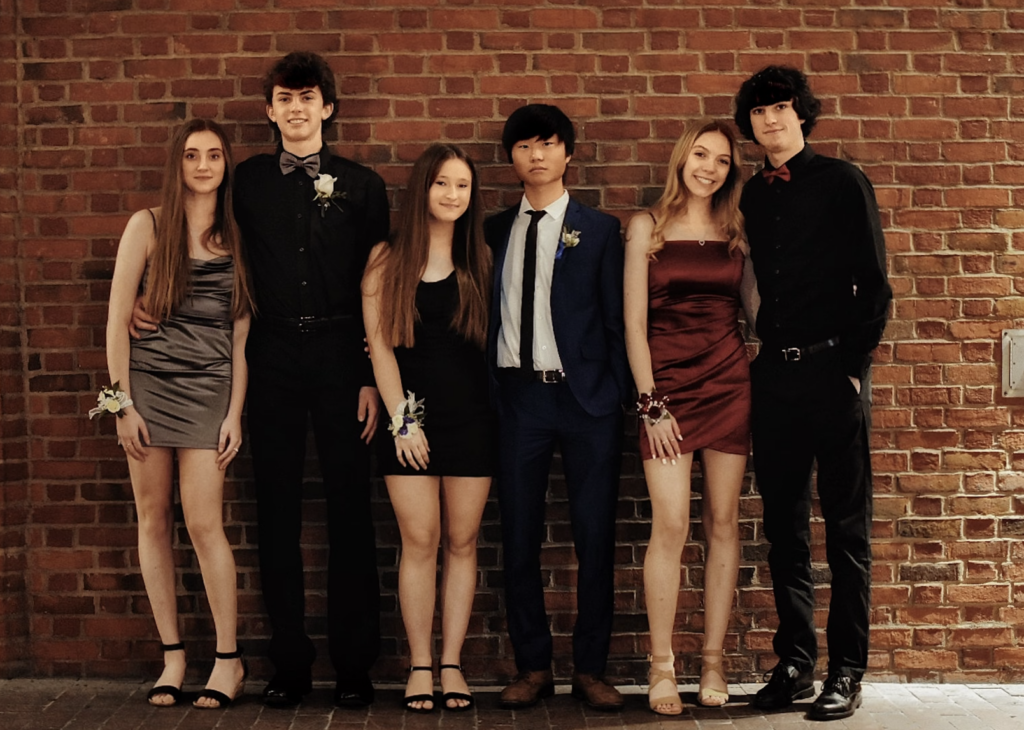
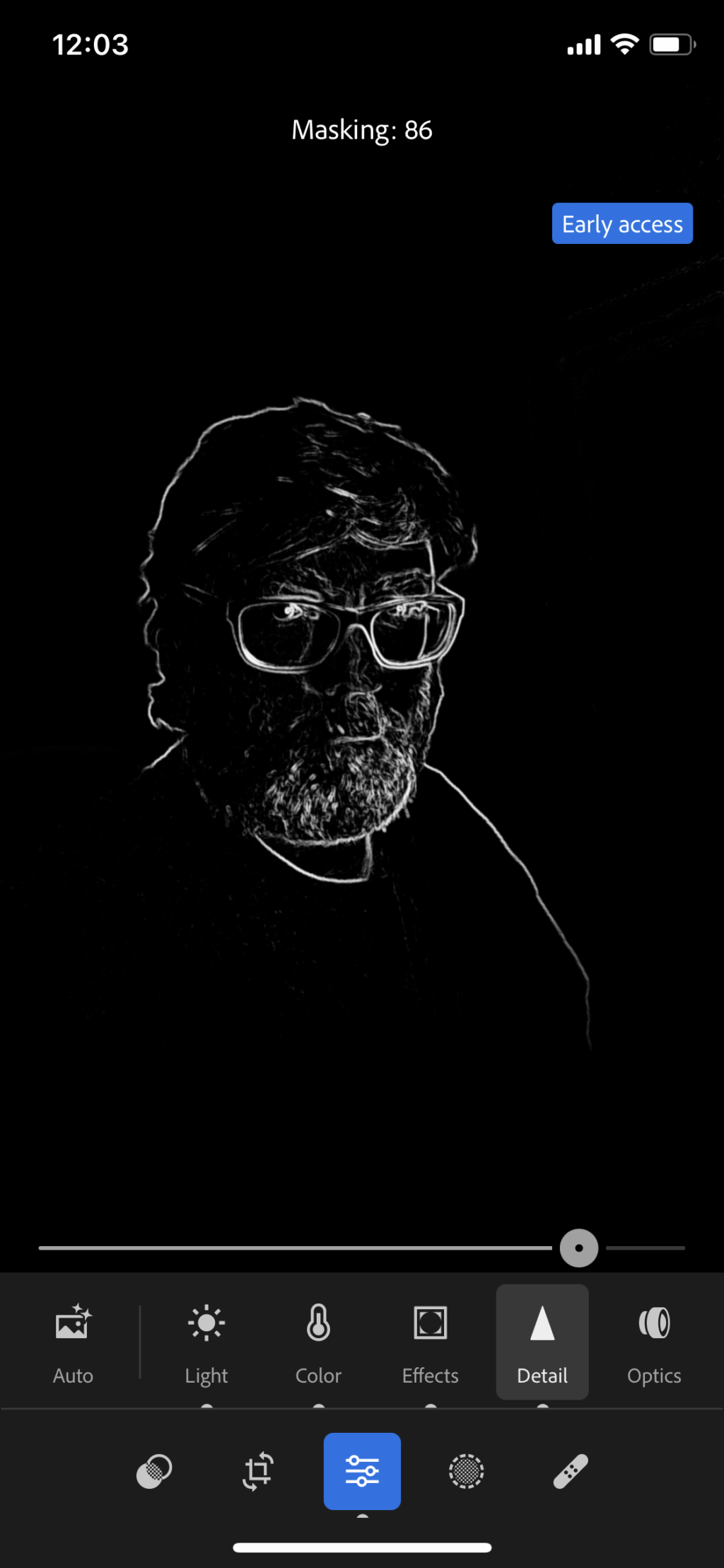
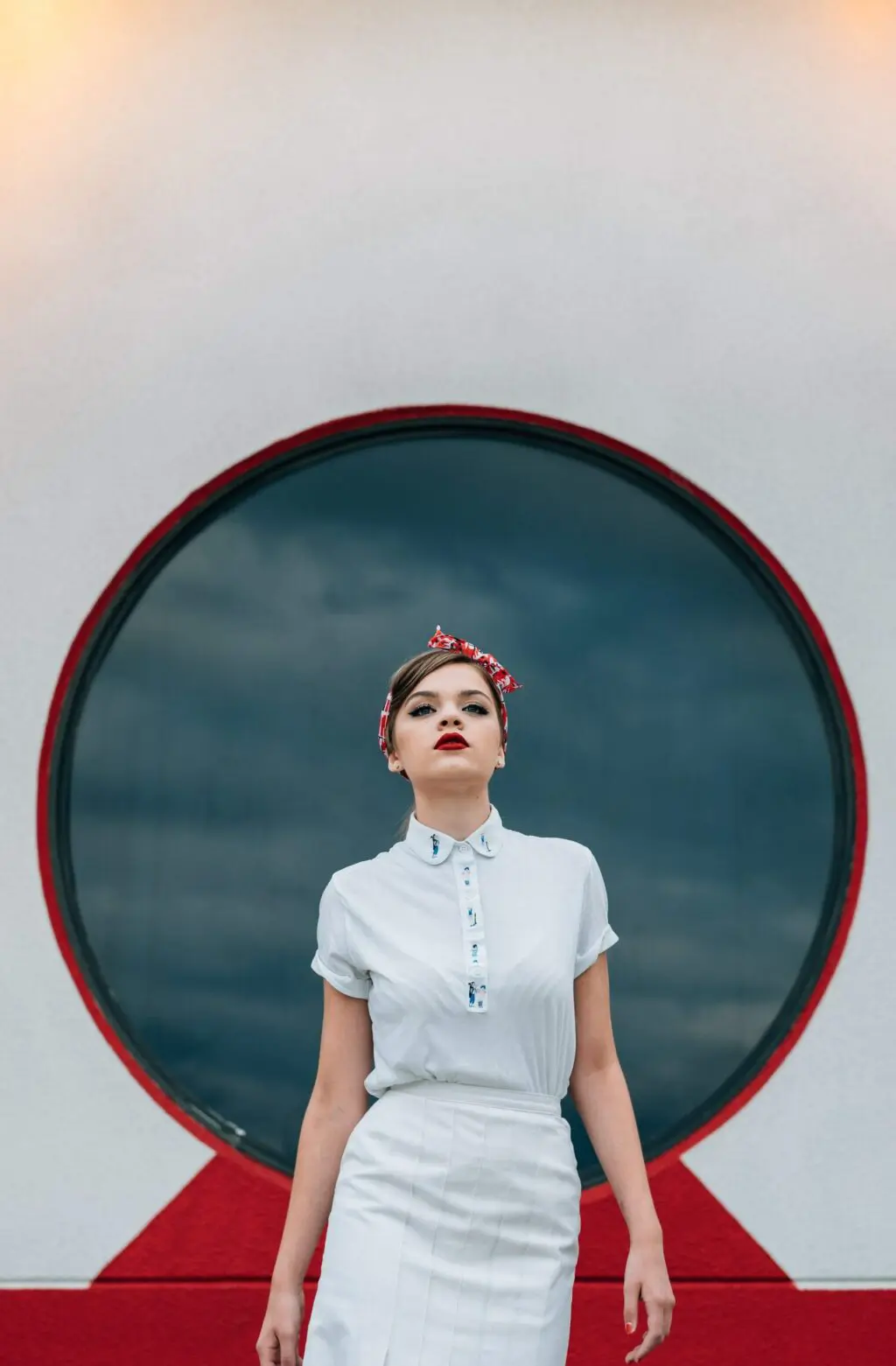
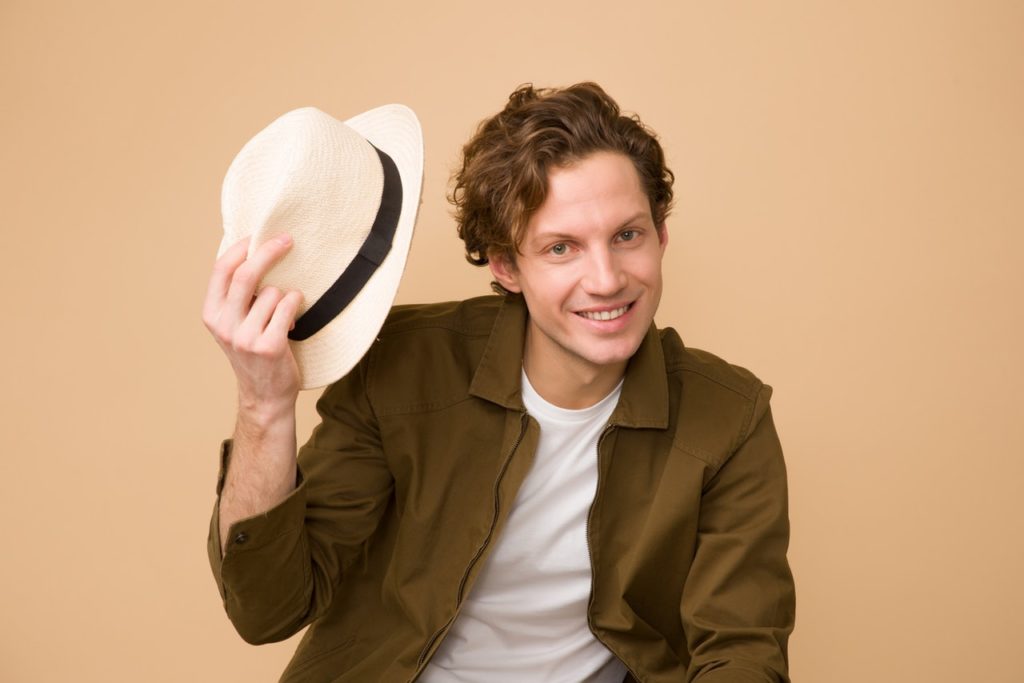
3 Comments
Great photo examples of catch-lights in this article, but I found the linked articles to be very basic and sometimes just plain bad information. Suggesting removing the lenses from a person’s glasses in order to eliminate glare is not practical nor advisable.
Need tutorial on how to create catch light during a shoot. Thanks.
Reat catch light!